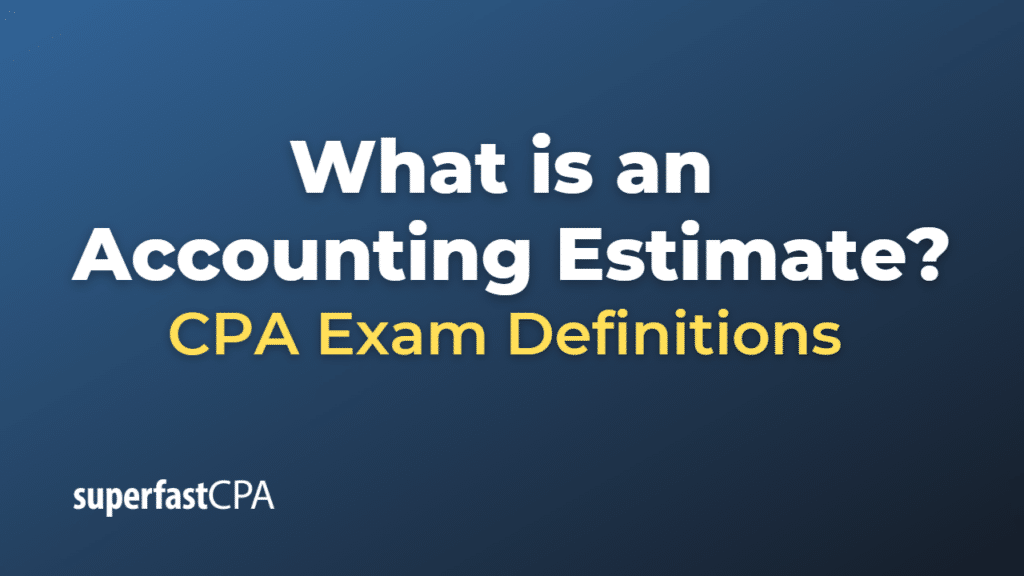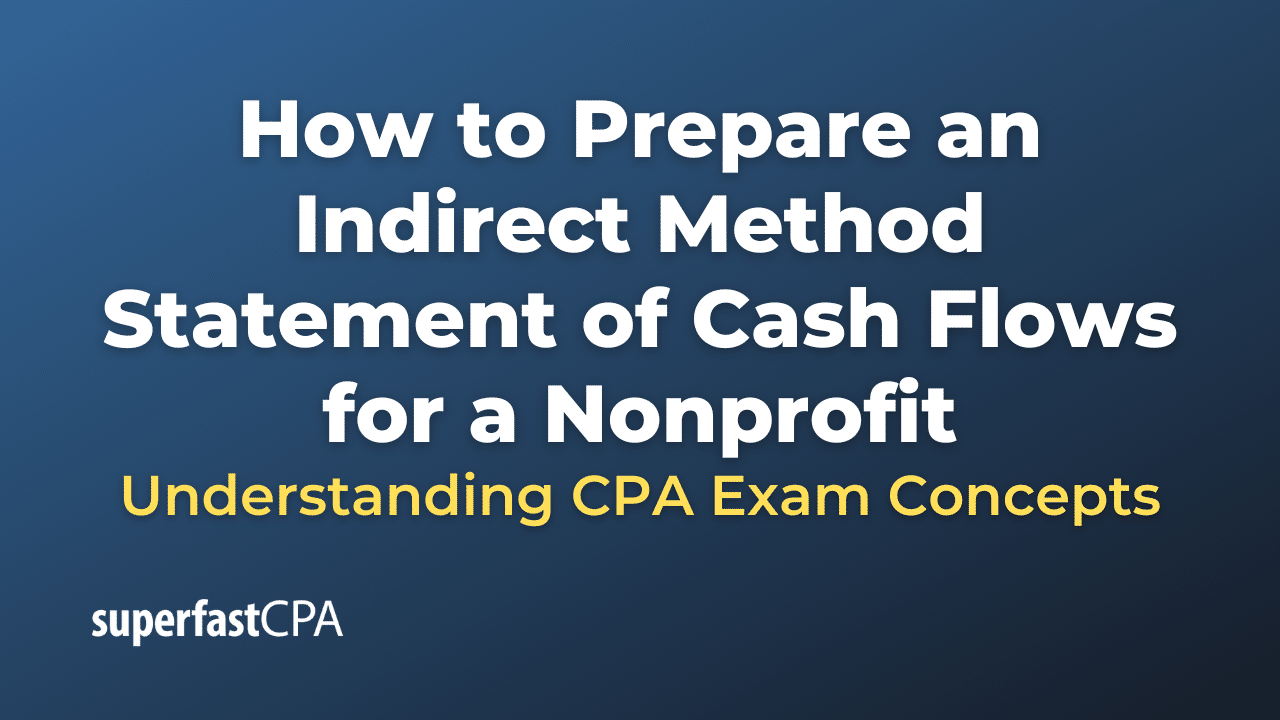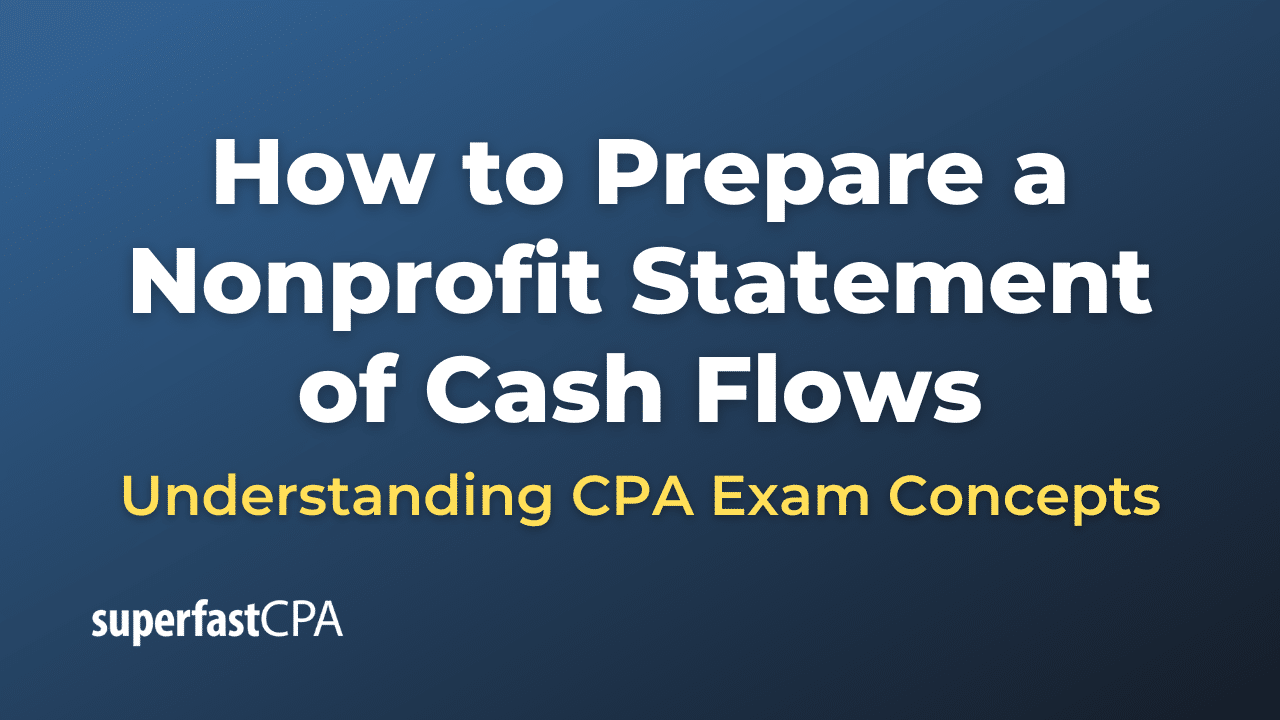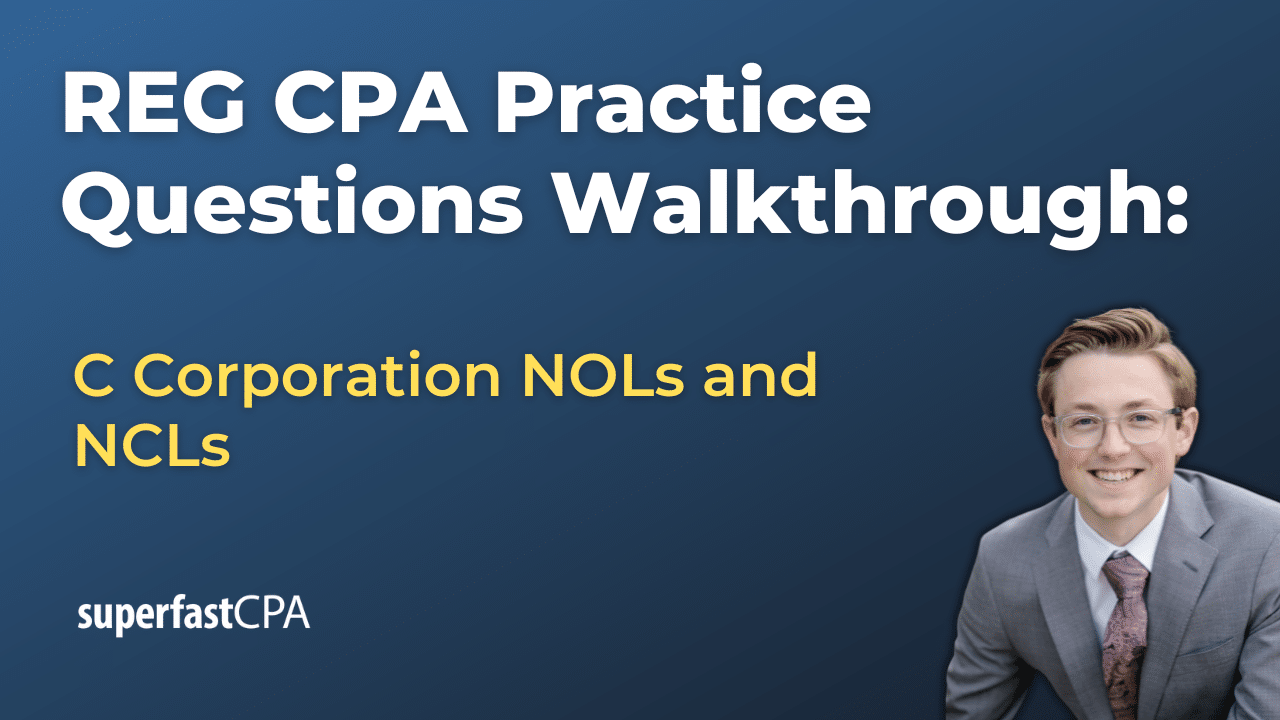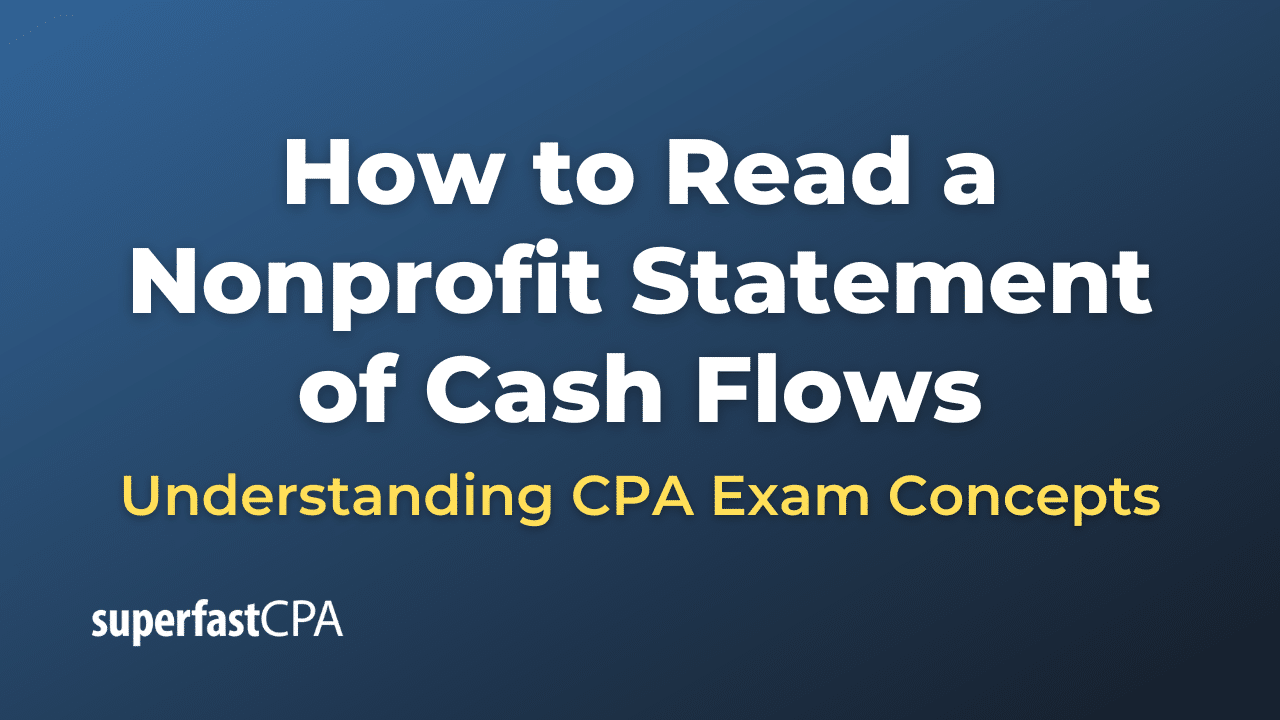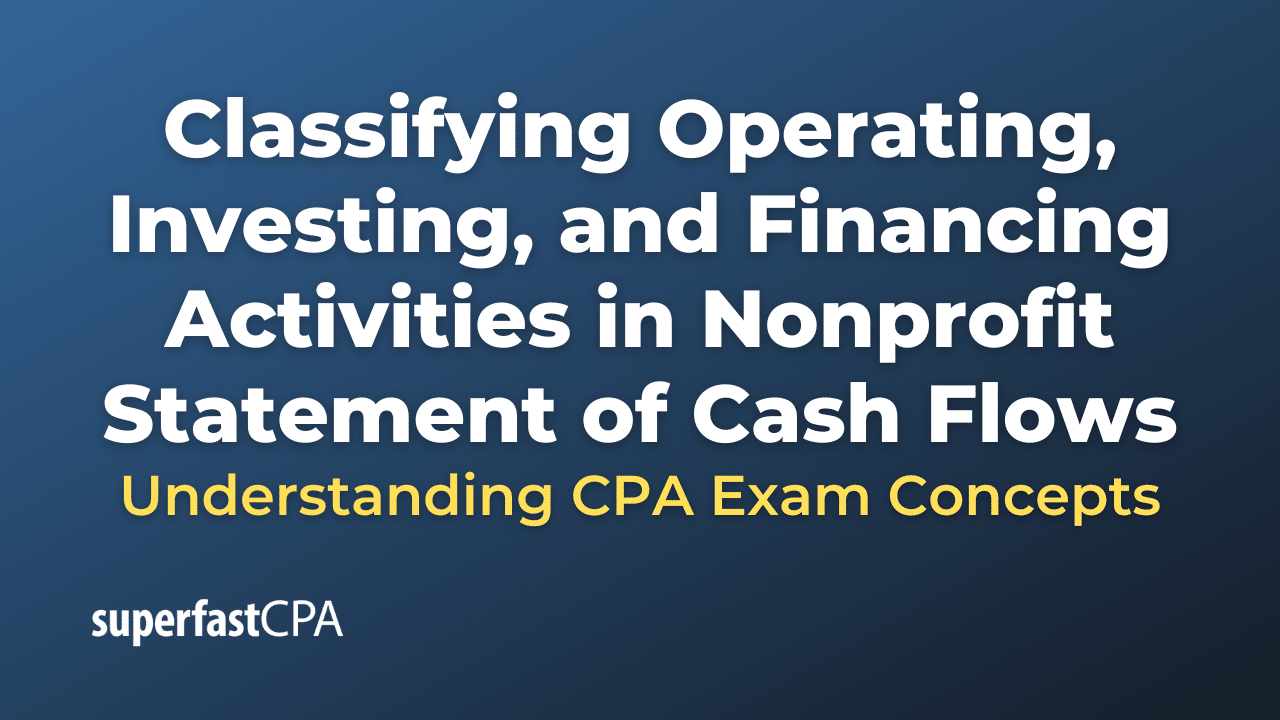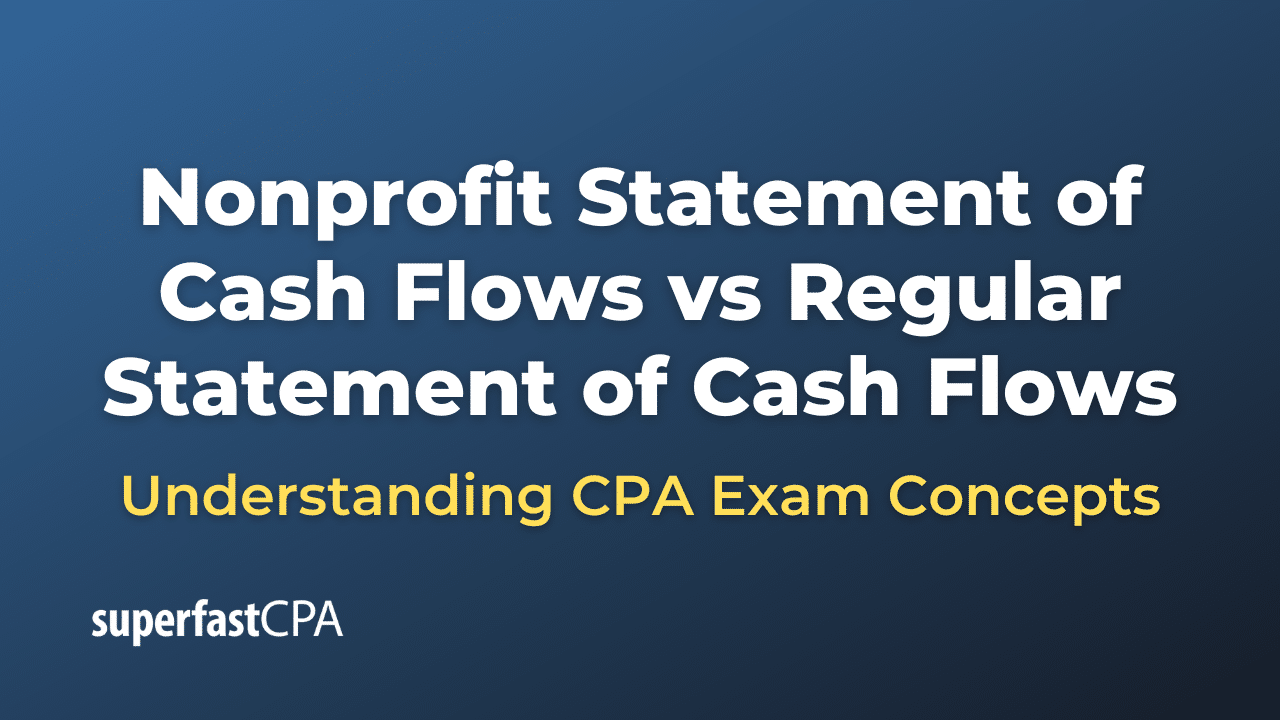Accounting Estimate
An accounting estimate is an approximation of a financial figure in situations where the exact value is uncertain or cannot be readily determined. Accounting estimates are necessary when dealing with items that involve some level of uncertainty, judgment, or assumptions about future events. These estimates allow businesses to record financial transactions and report financial information in a timely and accurate manner, even when precise figures are not available.
Accounting estimates are used for various items in financial reporting, such as:
- Depreciation: Estimating the useful life and residual value of assets to determine the appropriate depreciation expense.
- Bad debt expense: Estimating the amount of accounts receivable that will not be collected from customers.
- Warranty liabilities: Estimating the cost of fulfilling warranty obligations on products sold.
- Contingent liabilities: Estimating the potential outcome of pending lawsuits, tax disputes, or other uncertain events that may result in future liabilities.
- Revenue recognition: Estimating the percentage of completion for long-term projects, allowing for revenue recognition over the project duration.
Accounting estimates are based on a combination of historical data, industry trends, management judgment, and other relevant information. Because estimates involve judgment and assumptions, they are subject to change as more information becomes available or circumstances change. Consequently, businesses need to review and update their accounting estimates periodically to ensure they continue to be reasonable and accurate.
Accounting standards, such as U.S. GAAP (Generally Accepted Accounting Principles) and IFRS (International Financial Reporting Standards), provide guidelines for making and reporting accounting estimates. These standards emphasize the importance of using the best information available, exercising professional judgment, and maintaining consistency in the methods and assumptions used to develop estimates.
It’s essential to note that while accounting estimates are inherently uncertain, they should be based on objective evidence and reasonable assumptions. Misleading or deliberately manipulated estimates may result in financial statement fraud and have serious consequences for a company and its stakeholders.
Example of an Accounting Estimate
Let’s consider a fictional example of a company called “ElectroGadgets Inc.” to illustrate the use of an accounting estimate.
ElectroGadgets Inc. sells electronic gadgets and offers a one-year warranty on its products. Based on historical data and industry trends, management estimates that 2% of the products sold will be returned for warranty repairs or replacements, and the average cost per warranty claim is $50.
In the first quarter, ElectroGadgets sold 10,000 units. To record the estimated warranty expense and liability, the company would use the following calculation:
Estimated warranty claims = Number of units sold × Warranty claim rate Estimated warranty claims = 10,000 × 2% = 200 claims
Estimated warranty expense = Estimated warranty claims × Average cost per claim Estimated warranty expense = 200 × $50 = $10,000
The company would then record the estimated warranty expense and liability with the following journal entry:
| Date | Account | Debit | Credit |
|---|---|---|---|
| 3/31/2023 | Warranty Expense | $10,000 | |
| Warranty Liability | $10,000 |
This journal entry records the estimated $10,000 warranty expense for the quarter and establishes a corresponding warranty liability. As actual warranty claims are fulfilled, the company would reduce the warranty liability and record the actual costs.
It’s essential to periodically review and update the accounting estimate for warranty expense and liability, as more information becomes available or circumstances change. For example, if ElectroGadgets discovers that the actual warranty claim rate is 2.5% rather than 2%, it would need to adjust the estimate accordingly to provide a more accurate representation of the company’s financial position and performance.
How to Save Yourself MONTHS of Time and Frustration
Keep in mind that the CPA exam is the one part of getting your CPA license that you can control how long it takes. The education and experience requirements take as long as they take, but the CPA exams can take you as little as 6 months, or as long as multiple years… depending on how effective your study process is from the beginning.
Learn how to study strategically so you can save yourself tons of time and retake fees with this free training…

